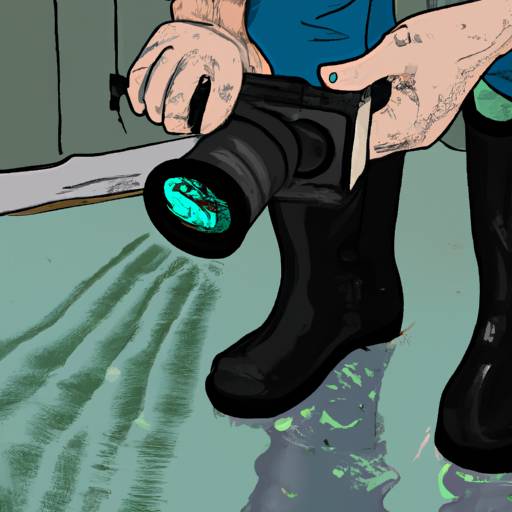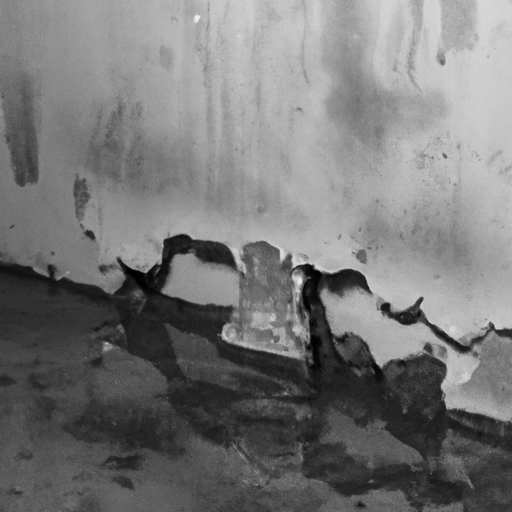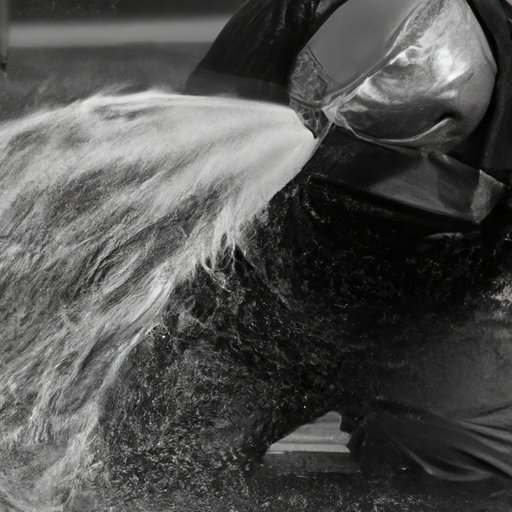This section emphasizes the importance of safety and immediate action after a flood. It includes steps to follow, including ensuring personal safety, cutting off communications, and documenting the damage for insurance purposes.
Floods can be devastating events that leave homeowners and communities facing a wide range of problems. It’s important to know what steps to take to mitigate the damage and rebuild your home, from the immediate aftermath of the flood to the long-term recovery process. In this article, we’ll walk you through the different stages of flood recovery, providing you with important information on emergency response, damage assessment, cleanup and sanitation, insurance coverage, and future preparedness. By understanding and following these steps, you can overcome the devastating effects of flooding and ensure a smoother recovery process for you and your loved ones.
- 1. Emergency response: immediate action after a flood
- 2. Damage assessment: how to estimate the impact of a flood
- 3. Cleaning and disinfection: rebuilding your home after a flood
- 4. Working with insurance: navigating the claims process
- 5. Future preparedness: steps to take to minimize future flood damage
1. Emergency response: immediate action after a flood

After a flood, it is imperative to put your safety first and take immediate action to minimize further damage and potential health risks. Below are the necessary actions after a flood:
1. Ensure personal safety: Before returning to your home or any affected area, make sure it is safe. Check for structural damage, such as cracks in the walls or ceiling, and be alert for potential hazards such as exposed electrical wires or gas leaks. If you suspect any danger, contact the appropriate authorities for assistance.
2. Disconnect utilities: If flooding occurs inside your property, turn off the electricity, gas and water before entering. This will prevent the risk of electric shock or further damage to your home. If you are not sure how to do this safely, contact a professional or utility company.
3. Document the damage: Take photos or video of flooded areas for insurance purposes. This visual evidence will help when filing a claim and provide proof of the extent of the damage
2. Damage assessment: how to estimate the impact of a flood

Damage assessment: how to assess the effects of a flood
After a flood, it is very important to assess the extent of the damage to your property. This assessment will not only help you understand the seriousness of the situation, but also help you determine the necessary steps to recovery. Here are some key points to consider when assessing flood impacts:
1. Safety First: Before entering your property, make sure it is safe. Check for structural damage, electrical shock hazards, or gas leaks. If there are any immediate hazards, contact the appropriate authorities or professionals to resolve these concerns before proceeding with the assessment.
2. Document everything. When you begin to assess the damage, document everything in detail. Take pictures or video of each affected area, including the interior and exterior of your property. These visuals will serve as important evidence for insurance claims and can help in the recovery process.
3. Inspect the Foundation: Start by inspecting the foundation of your property. Take a look
3. Cleaning and disinfection: rebuilding your home after a flood

After a flood, the first priority is to ensure the safety and well-being of yourself and your loved ones. Once you’ve taken care of everyone’s safety, it’s time to start the process of cleaning and disinfecting your home. This step is critical to preventing the growth of mold and bacteria, which can be a serious health hazard if left untreated.
Before starting the cleaning process, make sure you have the necessary protective equipment, such as waterproof gloves, masks and boots. Flood water can contain harmful contaminants, so it’s important to protect yourself when cleaning up.
Start by removing any standing water from your home using pumps or vacuums. After the water has been extracted, it is important to dry the affected areas thoroughly. Open windows and doors to allow fresh air to circulate, and use fans and dehumidifiers to speed up the drying process. If necessary, consult professionals who specialize in water damage restoration for effective drying methods.
When the area is dry, it’s time
4. Working with insurance: navigating the claims process

Working with insurance: navigating the claims process
One of the most important steps after a flood is to contact your insurance company as soon as possible. It is very important to understand the claims process and ensure that you receive the compensation you are entitled to. Here are some key points to consider when looking for flood insurance:
1. Contact your insurance company: Report flood damage to your insurance company immediately. They will guide you through the claims process and provide you with the necessary information on what to do next.
2. Document the damage: Before cleaning or any repairs, carefully document the extent of the damage. Take pictures and make a detailed list of all damaged items and their estimated value. This evidence will help support your claim and ensure accurate compensation.
3. Review your policy: Review your insurance policy, including coverage limits, deductibles, and exclusions. Understanding the terms of your policy will help you navigate the claims process more effectively.
5. Future preparedness: steps to take to minimize future flood damage

After a flood, it is imperative to take steps to minimize future flood damage. Although it is impossible to completely prevent flooding, there are measures that can be taken to reduce the potential damage. Here are five important steps to consider to prepare for the future:
1. Assess the risk: Start by assessing the flood risk in your area. Research flood zones and consult with local authorities or floodplain managers to better understand the likelihood and severity of future flooding. This information will help you make informed decisions about the necessary precautions.
2. Purchase flood insurance: One of the most effective ways to protect your property from flood damage is flood insurance. Regular homeowner’s insurance does not usually cover flood damage, so it is important to invest in a separate flood insurance policy. Consult with insurance agents to determine the appropriate coverage for your specific needs.
3. Upgrade critical utilities: Consider upgrading critical utilities like electrical panels, heating systems, and water heaters above.
In summary, experiencing a flood can be a devastating and extraordinary event. However, by following the steps outlined in this article, you can effectively overcome the effects of the flood and begin the recovery process. From immediate emergency response to damage assessment, cleanup and deconstruction, insurance, and preparing for future floods, each chapter contains valuable information and resources to help you through this difficult time. Remember, it’s important to put your safety and well-being first, seek professional help if necessary, and take preventative measures to minimize the risk of future flood damage. By taking these steps, you can start rebuilding and restoring your home and move forward with confidence.
 Purex find
Purex find